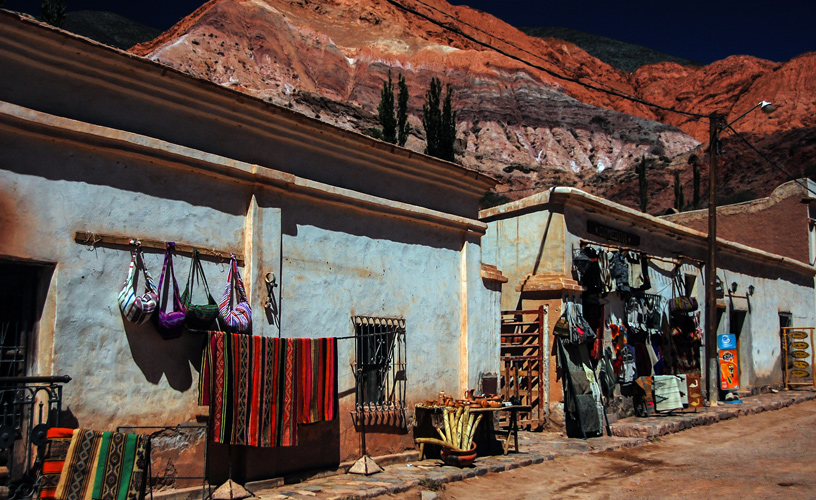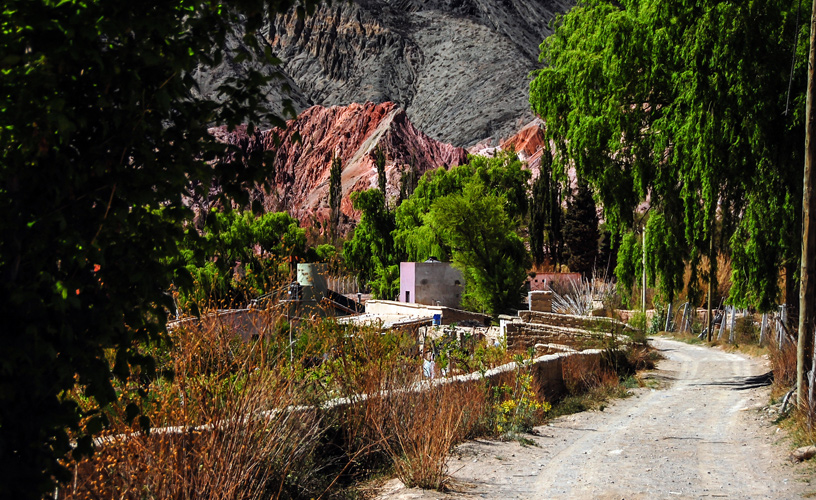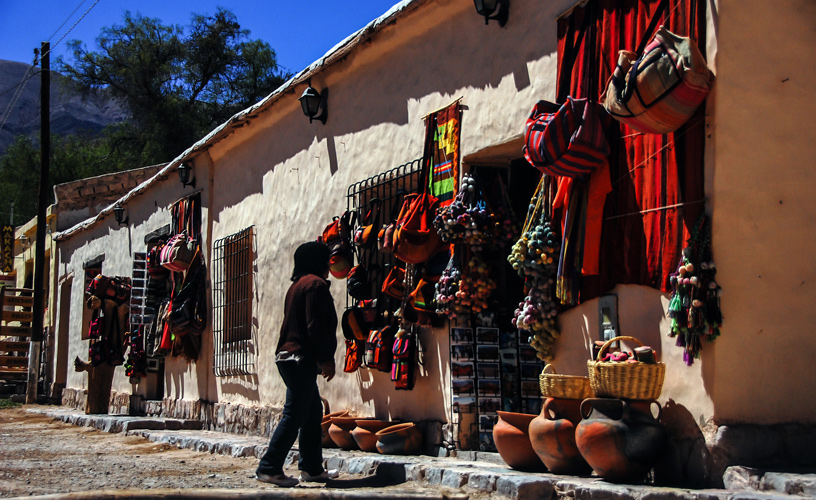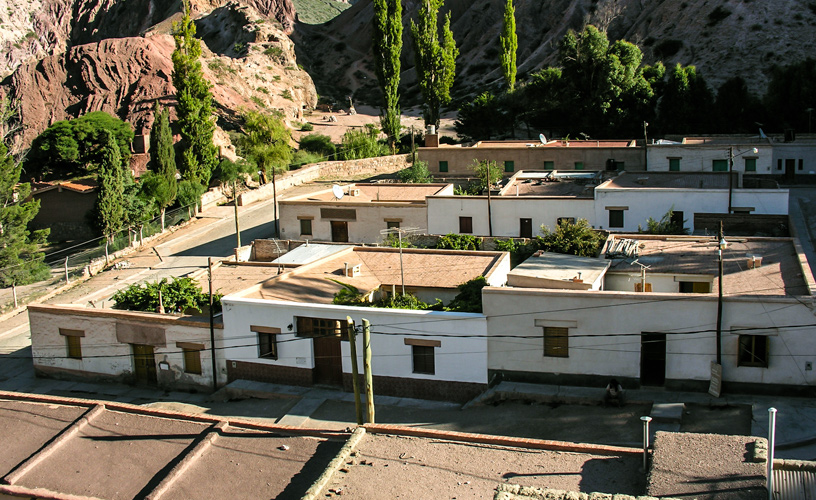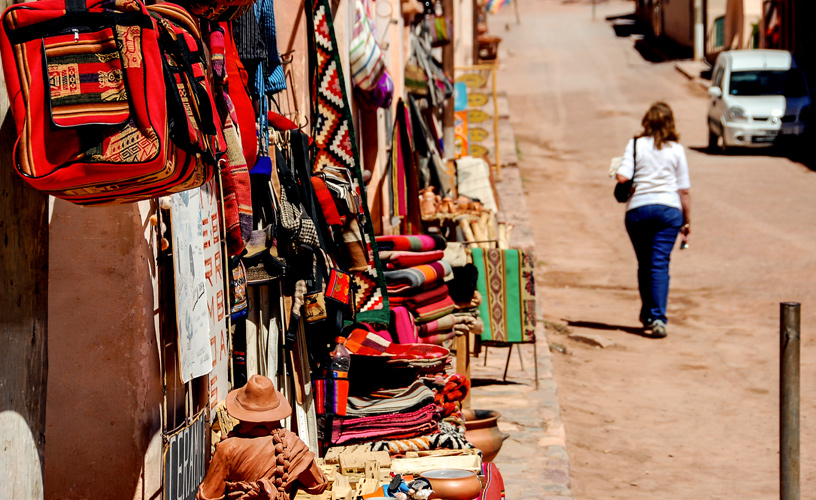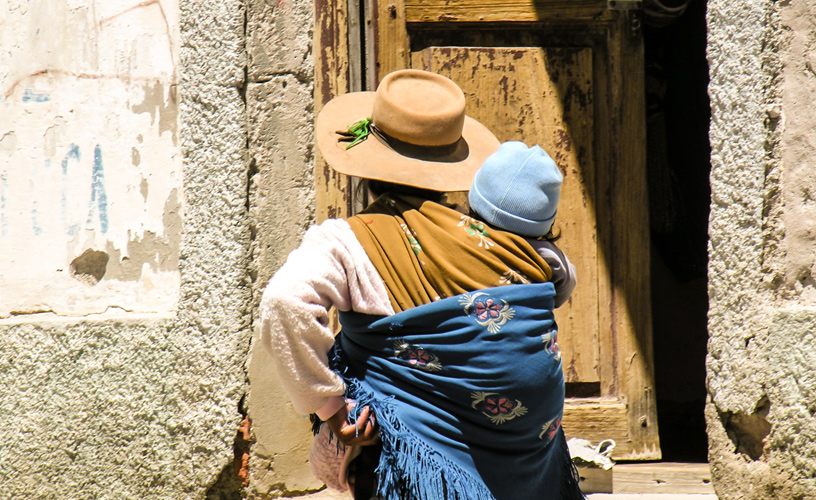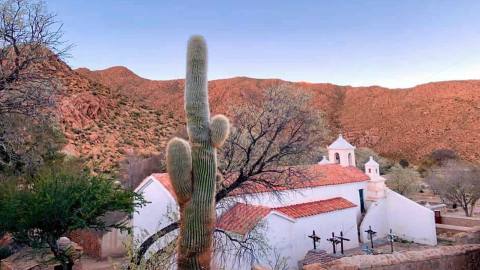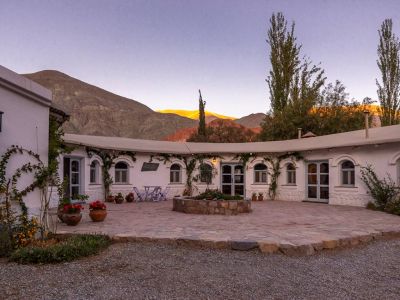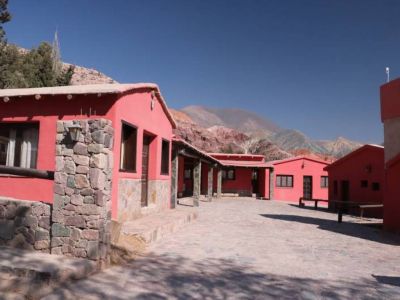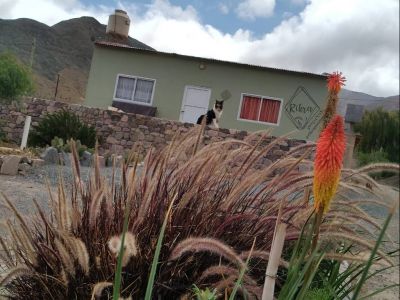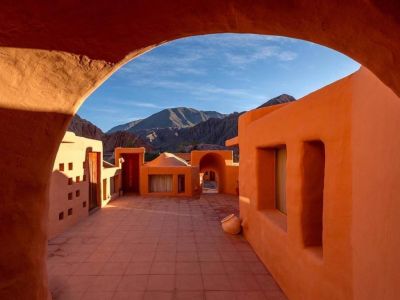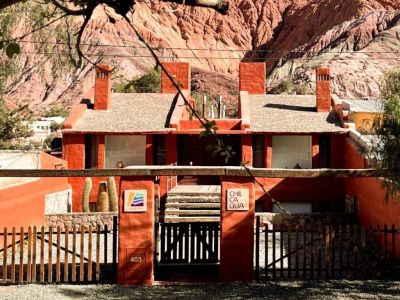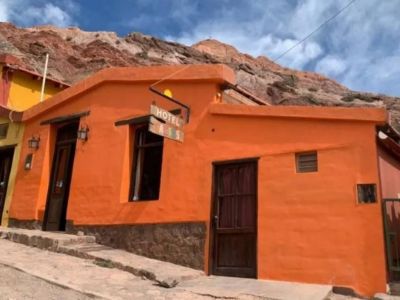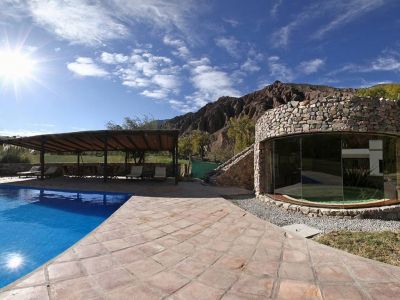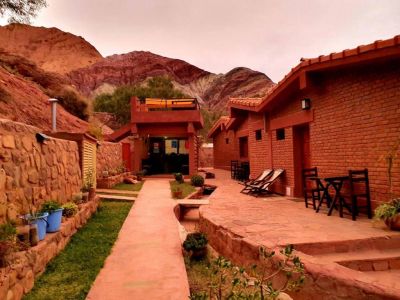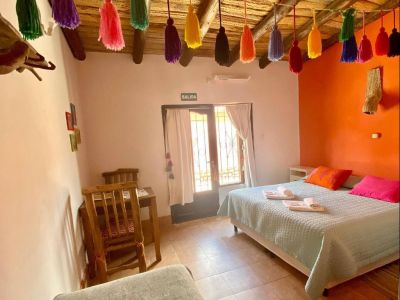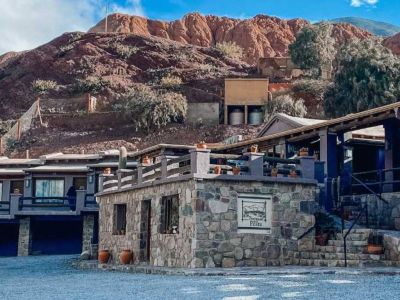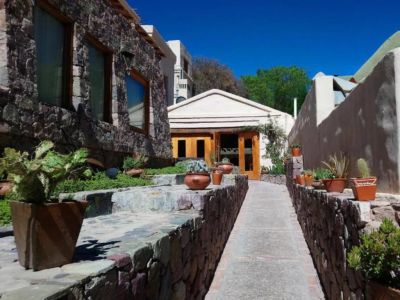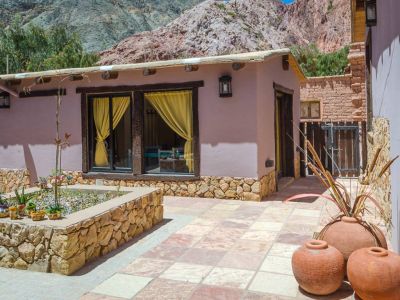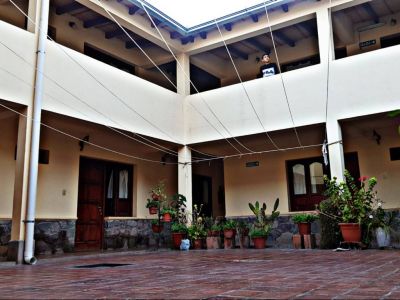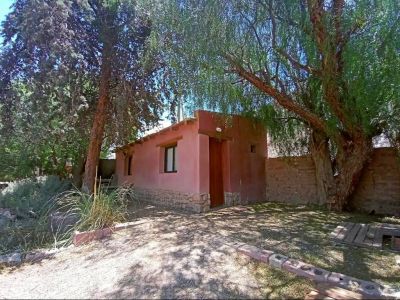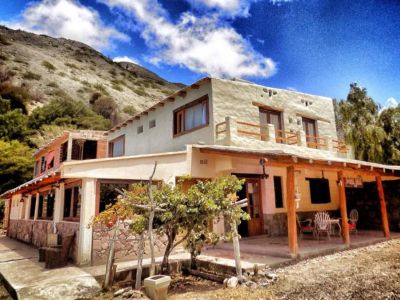Purmamarca is one of the most picturesque villages in the Humahuaca Ravine. Its name means "the lion's village" in the Quechua tongue and little is known about the exact dates on which the first settlements occurred.
It happened thousands of years ago. This obvious remark is ratified by the countless amount of objects still being discovered in the outskirts of the village, as well as in the surrounding hills.
The Most Famous Hills
The most outstanding, which has made the city that lodges it so popular, is the Hill of the Seven Colors (Cerro de los 7 Colores). It bears such a name due to the various pigments aquired by the minerals that make up its walls. This hill is part of the eastern mountain range and is located right West of the population nucleus of Purmamarca. It is best seen from the main road we took after having left Route 9 in our way to the surroundings of the hill.
City tour around Purmamarca
Resulting from a complex geological history, the layers of various colors have been formed by the accumulation of sea, lake and river sediments which have been deposited on the region for over 600 million years and which have later influenced the apparition of these mountains in the location they have today as a result of tectonic movements.
Its beauty has turned it into the representative postcard of Northern Argentina in almost all the corners of the world where tourism in our country is promoted. The best moment of the day to watch it is from dawn until noon, when the sun reflects the appropriate light on the mountain so that none of the pigments goes unnoticed by the human eye.
Saint Rosa's Church
Devoted to Saint Rose of Lima, whose festivity is celebrated on August 30, Purmamarca has one of the most picturesque chapels in the ravine.
Declared National Historical Monument in 1941, with simple architecture, adobe walls, roof made of clay and mud, the Cuzco paintings and images housed there date back from the XVIIIth century and delight visitors as well as members of the congregation.
The main square is another attraction that visitors should not miss. Flooded by colors, objects and sounds, it presents all the handicrafts from Northern Argentina.
Aguayos, quilts, blankets, ponchos, mates, musical instruments, hats, bowls, earthenware jars, dishes, pots, and other pottery shapes may be found there. Anything goes, even bargaining for some souvenir. Colorful wide brimmed hats woven on the looms are, beyond any doubt, some of the most typical objects in the region.
As far as gastronomy is concerned, empanadas stuffed with meat, goat cheese and charquí may be tasted at any of the stands located around the main square. Locro, humitas and tamales are also protagonists of the gourmet tours at the colonial city.
Purmamarca is all this and much more. A place where visitors can walk along its desert streets thinking about finding something, even if they do not know what they are looking for. A place in the world where silence is only interrupted when nature commands. And where man just listens.
Pablo Etchevers
Eduardo Epifanio
